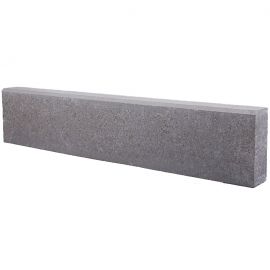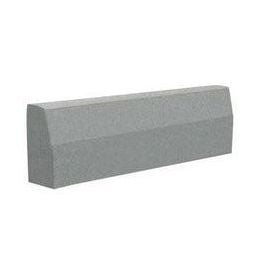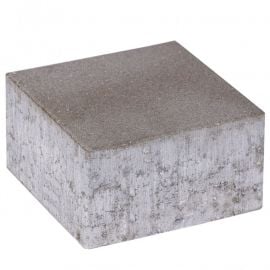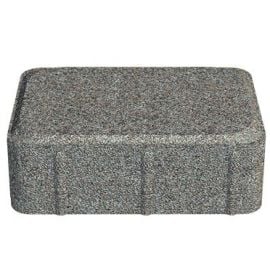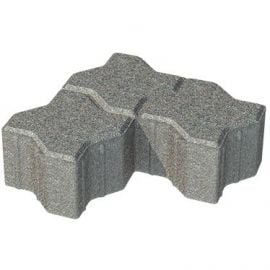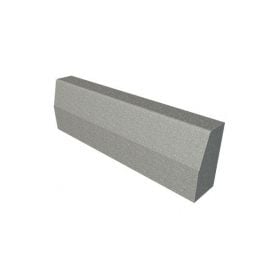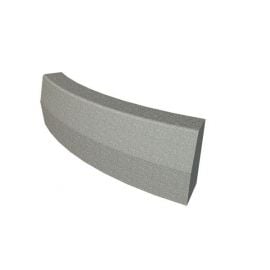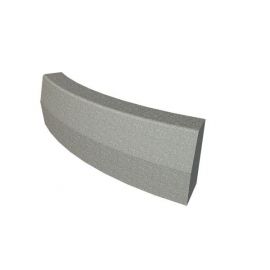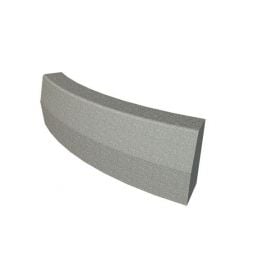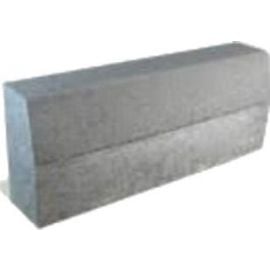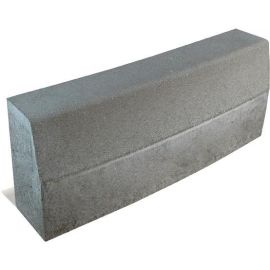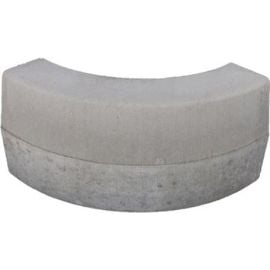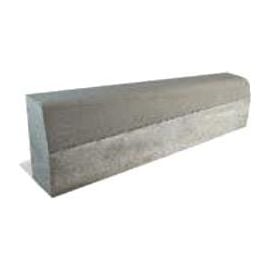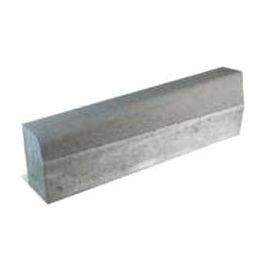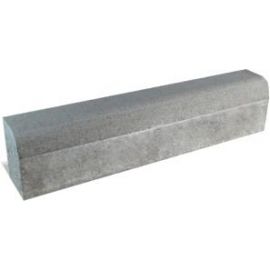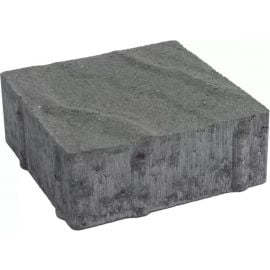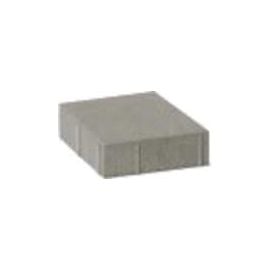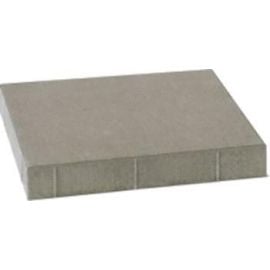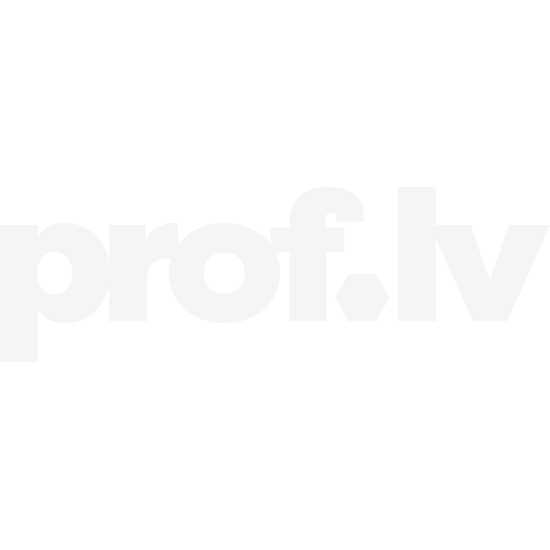Shop By Department
- Building materials
- Drywall/plasterboard profiles
- Insulation
- Stone wool
- Mineral wool insulation
- Blowing wool
- Ecowool
- Polystyrene (eps)
- Show More
- Extruded polystyrene foam insulation (xps)
- Plātņveida pamati hot
- External wall insulation
- Natural wood fibre insulation
- Technical insulation
- Claydite
- Polyurethane sheets
- Rainscreen facades boards
- Sound isolation
- Pipe thermal insulation
- Wood fibre insulation
- Foams
- Soft wool
- Hard wool
- Panels
- Roofing
- Construction films, covers
- Blocks, bricks
- Rebars, mesh, accessories
- Facade insulation
- Builders hardware
- Lumber
- Dry building mixes
- Paints, varnish, wood oils
- Sealants, foams, silicones
- Glue
- Tapes
- Primers, mastics
TEST TEXT BOTTOM - Decor
- Doors & windows
- Plumbing
- Toilets
- Bathtubs
- Washbasins
- Faucets
- Showers
- Bathroom accessories
- Liquid soap dispensers
- Towel holders
- Toilet paper holders
- Bathroom shelves
- Shower curtains
- Show More
- Shower curtain rods
- Carpets for the bathroom
- Soap dishes
- Laundry boxes
- Shower chairs
- Toilet brushes
- Glasses and holders
- Hand dryers
- Bathroom waste bins
- Armrests and handles
- Bathroom hooks and hangers
- Accessories for people with mobility restrictions
- Bathroom furniture
- Drainage
- Water filters
- Water meters
- Plumbing tools
- Heating
- Ventilation
- Garden
- Fences
- Garden equipment
- Lawnmovers
- Trimmers, brush cutters
- Tractors
- Lawnmower robots
- Grass aerators
- Show More
- Rototillers
- Chain saws
- Hedge trimmers
- Leaf blowers
- Wood splitters
- Chipper shredder
- Twig and grass shears
- Branch saws
- Multifunctional garden tools
- Earth rollers
- Ground drills
- High pressure washers
- Motorized and mechanical brooms
- Water pumps
- Compressors
- Sprayers
- Snow blowers
- Engines
- Sprinklers
- Generators
- Accessories
- Batteries and chargers
- Gardening tools
- Greenhouse
- Garden furniture
- Boxes for send and waste
- Garden barbecues
- Garden watering
- Outdoor floor coverings
- Garden houses
- Tools
- Tool sets
- Screwdrivers and drills
- Saws
- Grinding machines
- Breakers and demolition hammers
- Cutter
- Nail guns, staplers and rivets
- Pneumatic tools
- Planers
- Batteries and chargers
- Construction machinery
- Washing and cleaning equipment
- Measuring, marking & levels
- Hand tools
- Work clothes, shoes
- Power tool accessories
- Painting tools
- Safes and cash boxes
- Heaters
- Ladders, mobile towers
- Welding equipment
- Electrician's tools
- Electrical
- Furniture and interior
- Sports and leisure
- Home appliances
- Large home appliances
- Built-in home appliances
- Coffee machines and accessories
- Small home appliances
- Microwaves
- Electric kettles
- Blenders
- Hand blenders
- Food processors
- Show More
- Mixers
- Sandwich Toasters
- Toasters
- Multicookers
- Mini ovens
- Mini cookers
- Fruit dryers
- Juicers
- Electric grills
- Meat grinders
- Coffee grinders
- Kitchen scales
- Steam boilers
- Bread ovens
- Deep fryers
- Vegetable choppers
- Milk frothers
- Ice cream machines
- Waffle makers
- Popcorn machine
- Cleaning
- Vacuum cleaners
- Robot vacuum cleaners
- Handheld vacuum cleaners
- Ash vacuum cleaners
- Construction vacuum cleaners
- Show More
- Steam cleaners
- Window cleaners
- Floor cleaning equipment
- Vacuum cleaner accessories
- Window cleaner accessories
- Steam cleaner accessories
- Accessories for floor washing machines
- Floor Mats and Brushes
- Clothing care
- Climate control
- For beauty and health
- Large home appliances
- Computer equipment
- TV, audio, video, photo
- Car goods
-
Search
Buying immediately
Through HP
Sorting Position
Shop By
(0)





